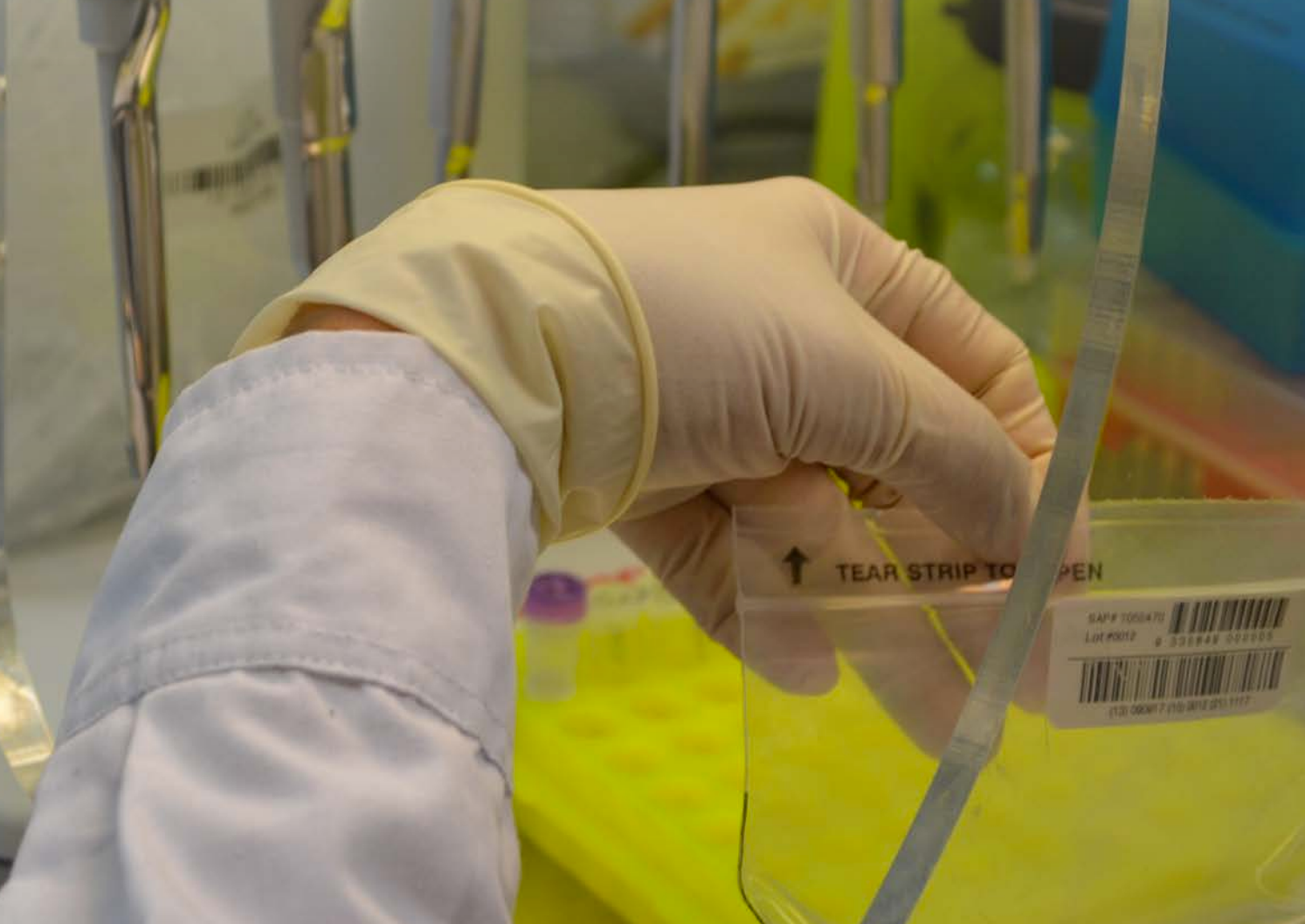Draft R&D Blueprint MTA tool
Currently bilateral MTAs are negotiated and signed as a routine aspect of sample sharing including related to outbreaks. Against this background, WHO is constructing a tool to help build human capacity to develop material transfer agreements (MTAs) governing biological materials and associated data connected to severe emerging diseases with potential to generate a public health emergency, and for which no, or insufficient, preventive and curative solutions exist. The tool is intended for use prior to a public health emergency. It is part of broader efforts to build capacity to manage sample sharing in a manner that ensures the full public health potential of valuable biological material is realized for rapid detection of, and response to public health emergencies. It builds upon a broader set of principles for sample access, storage and use, detailed in the first part of the tool. Benefit sharing is a core principle for MTA development using this tool. This includes the following: appropriate acknowledgement, attribution and where appropriate co-authorship for originating/provider parties as well as provisions relating to access and intellectual property.
Efforts to build capacity around sample access, sharing and use complement existing WHO work on data sharing during public health emergencies This tool is intended to focus on physical samples and directly associated data (metadata) – such as where, when and by whom it was taken. It might also encompass clinical information intended to accompany the samples (such as the disease state of the donor). It could usefully link to other data being gathered or used for epidemiological purposes. It is not intended to cover stand alone data, such as genome sequence data (other than as a derivative of the sample) which would covered by efforts to consider data sharing during public health emergencies, which already advocate that such information is disseminated rapidly and transparently.

A tool for different types of users
Health ministries
Labs and other facilities handling, processing or storing samples
Emergency responders and those generating samples in the field
It will help users with different levels of experience, from those with little previous exposure to MTAs, through to experts looking for concrete examples of text. The tool will help both those sending and receiving samples. It will cover the movement of samples and associated data for a wide range of purposes, from diagnosis, through to countermeasure research and development.
In order to enable simple, transparent and swift agreement during a public health emergency, there have been calls for, and efforts to develop, model MTAs. Models and templates can usefully be supplemented by pre-emergency capacity building to explore the implications of the wide variety of possible users, sample types and contexts.This tool fills that gap.
Emergency responders and those generating samples in the field (e.g. researchers) are responsible for contacting the appropriate local authorities involved in sample transfer in advance of moving samples. This includes health ministries, local laboratories and other actors such as border or customs officials.
Interactive
Enabling the user to tailor the information accessed to their particular context through the use of web-based tools rather than a static text.
Results-oriented
Focusing on overarching principles, mapping possible approaches for turning these principles into action, rather than advocating for any specific models.
Flexible
Allowing the user to access the required level of detail and providing content for MTAs in many different contexts, for different purposes, and by different types of user.
Comprehensive
The tool needs to capture the full scope of views on key issues connected with MTAs and approaches for addressing them.
Tool overview
The tool will have two parts: Part I will address introductory material, such as why an MTA might be needed, the aim of the tool, when an MTA might be necessary, specific considerations for MTAs during public health emergencies, as well as a number of cross-cutting issues. Part II will explore possible content areas, describing the issues covered, why it might need to be included, possible consequences of not addressing it, as well as any connections to other content areas. It includes a number of questions intended to provoke consideration of key issues, even if specific solutions may be context specific and therefore need to be user defined. The digital tool will include a wide range of example texts taken from real world MTAs.
The need for such a tool was agreed at an Informal Consultation held by the World Health Organization in collaboration with the Institut Pasteur in December 2016. The desire for such a tool originates from a shared objective of advancing public health, in particular building capacity and sharing public health benefits where the need is greatest. Building capacity for MTAs can contribute to improving preparation for future emergencies. Participants desired a tool that was user friendly, tailored to the needs of both Member States (in particular lower- and middle-income countries) and other potential users, and focused on cases where WHO is not directly involved in the transfer of samples and associated data. The development process needed to be transparent and inclusive. As a result, WHO released a compilation text for public consultation. Responses from the public consultation have been used to improve the materials to be fed into the tool and to better frame its construction. This is part of an iterative development process and WHO will continue to work with interested parties to improve the utility of this tool.
Please send MTAs that have been successfully used in the past to rdblueprint <at> who.int